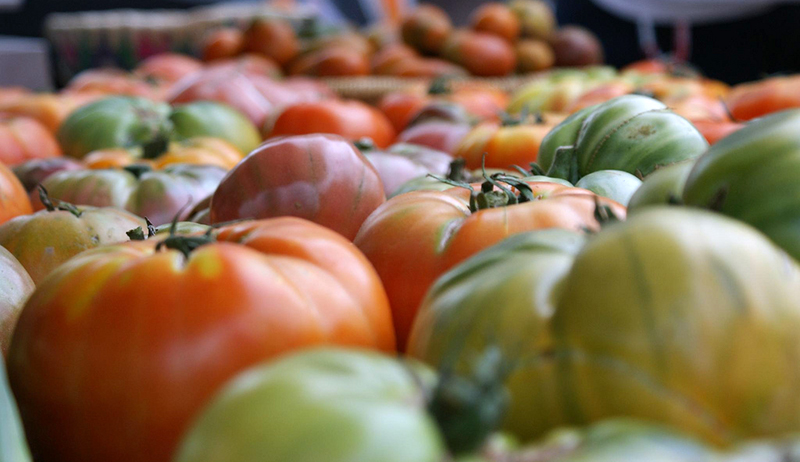
Perhaps one of the biggest downside in the local food movement is that not everyone gets to enjoy it. Cost can be prohibitive, and access to a good farmers market can put good, fresh food out of reach for many lower-income families. Good food is costly to grow, therefore costly to sell, but you can find a way to keeps the business of growing food viable while serving the underserved.
Work Trade
For families who are interested in supporting your farm but don’t have the means, offer them a chance to work every week in exchange for some food. Lay out expectations and work hours before the trade begins. Many farmers enjoy this option as a chance to feed people who may not normally be able to afford it, while those families get to be a part of the growing process.
SNAP
The Supplemental Nutrition Assistance Program is the modern form of food stamps that helps lower-income families have access to food. Recipients are issued a balance every month that they can spend on food from SNAP vendors. Becoming a SNAP vendor is a little tricky, but there are grants available that allow farmers markets to take SNAP cards, giving recipients the chance to purchase local food with their benefits.
There are also programs across the country that double the amount of dollars given to the SNAP recipients to make their money go a little further. The Community Farmers Market in Bowling Green, Kentucky, where we vended for many years, offered a Double Dollars program to SNAP recipients (as well as WIC and FMNP vouchers) up to $10. Essentially, the first $10 of these benefits would become $20 to spend at the market on food.
Food Banks
Excess food happens in a good growing year. (I’m looking at you, squash.) Donating this excess to food pantries and feeding programs is an excellent way to ensure it doesn’t go to waste. It goes to people struggling to feed their families, and many food banks will even come to your market after the day has ended to collect your extras.
It is also worth noting that many of these food banks are non-profit groups and can offer you receipts for the value of the produce you give them for tax write-off purposes. It takes a sizable donation to get be able to use that write-off, but it’s worth keeping track of just in case. If for no other reason, these receipts will show you how much food you put in the hands and mouths of people in need.
Gleaner Groups
Another great way to deal with excess produce is to partner with a gleaning group that can come out to the fields and harvest what you didn’t need. This will not be a viable option for everyone, but perhaps you can work out a trade with them and ask that they perhaps do a little work in exchange—i.e., help with the whole harvest so they know what to pick, where, how and how much.
Donations
Of course, you can always offer donations from your farm. If you are in a position to take a small hit for a good cause, I say go for it. However, our farm has always had good luck with regular customers donating CSA shares to less fortunate families. This usually happens organically, where a family shows interest but decides they ultimately can’t afford it, and then another family offers to buy the share for them.




